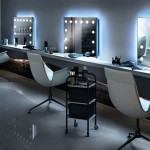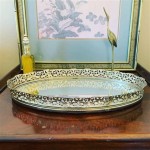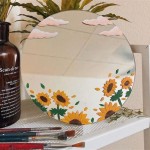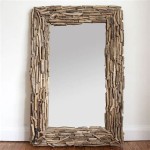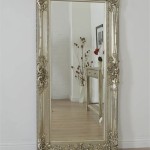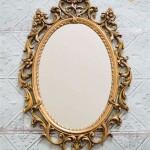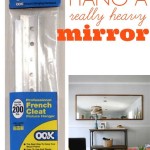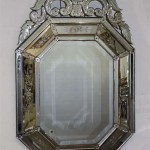Can You Tile Over Mirror Glass?
Tiling directly over mirror glass presents several challenges and is generally not recommended. While it might seem like a time-saving shortcut, the smooth, non-porous nature of mirror glass makes it a poor substrate for tile adhesion. Standard thin-set mortars require a porous surface to mechanically bond and chemically react with, which mirror glass does not provide.
Mirror glass also often has a protective backing that can further hinder adhesion. This backing, designed to protect the silvering that creates the reflective surface, can delaminate or interfere with the bonding process of the thin-set. Even if initial adhesion seems successful, the bond is likely to be weak and prone to failure over time, potentially leading to cracked tiles, grout failure, and ultimately, the detachment of the entire tiled surface.
Another critical factor to consider is the reflective nature of the mirror itself. While covered by thin-set and tile, the mirror can still expand and contract with temperature changes. This expansion and contraction can differ from that of the tile and thin-set, creating stress and potentially leading to debonding and cracking. The reflective surface can also trap heat, exacerbating these temperature-related issues.
The smoothness of the mirror surface offers no mechanical key for the thin-set to grip. Unlike porous surfaces like cement backer board or drywall, which have microscopic irregularities that the thin-set can penetrate and lock into, a mirror provides virtually no purchase. This lack of mechanical interlocking significantly reduces the bonding strength and long-term stability of the tiled surface.
While tiling directly onto mirror glass is discouraged, there are alternative methods for achieving the desired aesthetic result. One option is to remove the mirror entirely and install a suitable substrate, such as cement backer board, before tiling. This provides a stable, porous surface for proper adhesion and minimizes the risk of future problems.
If removing the mirror is not feasible, covering it with a layer of construction-grade plywood or other suitable substrate can provide a more appropriate surface for tiling. This method requires ensuring the added layer is securely attached to the wall and can support the weight of the tile and thin-set. Mechanical fasteners and construction adhesive can be used to ensure a strong bond between the plywood and the mirror backing.
Before adding any substrate over the mirror, it's essential to thoroughly clean the mirror surface. Any dust, dirt, or residue can interfere with the bonding process. Using a degreaser can further ensure a clean surface and improve adhesion. It's also crucial to consider the added weight and depth of the new substrate and ensure the wall structure can support the additional load.
Another approach involves applying a specialized bonding agent or primer designed for non-porous surfaces. These products are formulated to create a stronger bond between the thin-set and the smooth surface of the mirror. However, even with specialized primers, the long-term stability of tiling directly on mirror glass is questionable, and this method should be approached with caution. Consulting with a tile installation professional is recommended before attempting this approach.
A suitable alternative to tiling directly onto the mirror is to install tile around the mirror, creating a framed or bordered effect. This avoids the adhesion challenges associated with tiling directly onto the glass while still achieving a decorative result. Careful planning and precise cutting are required to ensure a clean and professional finish.
When considering any method involving tiling near or around a mirror, proper surface preparation is paramount. This includes ensuring the wall is clean, dry, and free of any loose debris. Using the appropriate type of thin-set and grout is also crucial for achieving a strong and durable bond. Choosing a high-quality, flexible thin-set and grout can help accommodate any minor movement or expansion and contraction.
Ultimately, the decision of whether or not to attempt tiling over mirror glass requires careful consideration of the potential risks and challenges. While certain methods may seem appealing as shortcuts, the long-term consequences of improper installation can be significant. Prioritizing proper surface preparation and choosing appropriate materials are essential for a successful and durable tile installation.

Diy Mosaic Tile Bathroom Mirror Centsational Style

Diy Mosaic Tile Bathroom Mirror Centsational Style

How To Decorate A Mirror With Tile Sand And Sisal

Can You Tile And Grout Mirrors Hometalk

Glass Tiles Around Mirror Jazzes Up Any Bathroom So Easy Design Diy Vanity

Not Sure What To Do With Those Extra Tiles Now Collecting Dust There 39 S More Bathroom Mirror Makeover Frames Trendy Vanity

How To Series Using Mirror Marble And Glass In A Backsplash Mice Yorke Design

3 X 12 Beveled Antique Mirror Glass Subway Tile Free

Glass Vs Ceramic Tiles How To Make The Right Choice For Your Next Project Mosaic Tile

5 Stunning Mirror Tiles To Brighten Your Room Tileist By Tilebar

